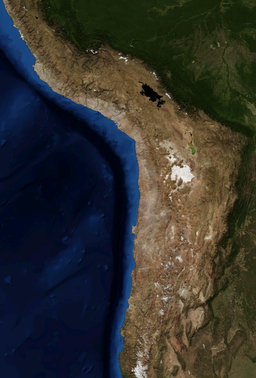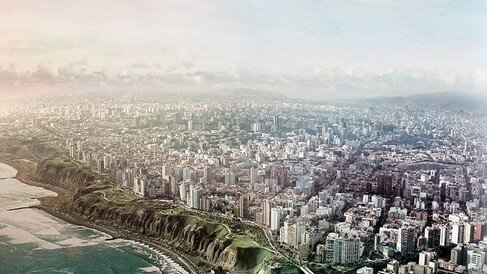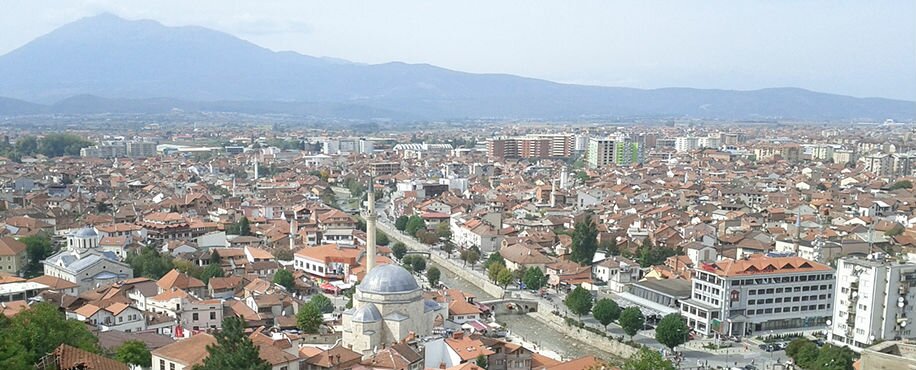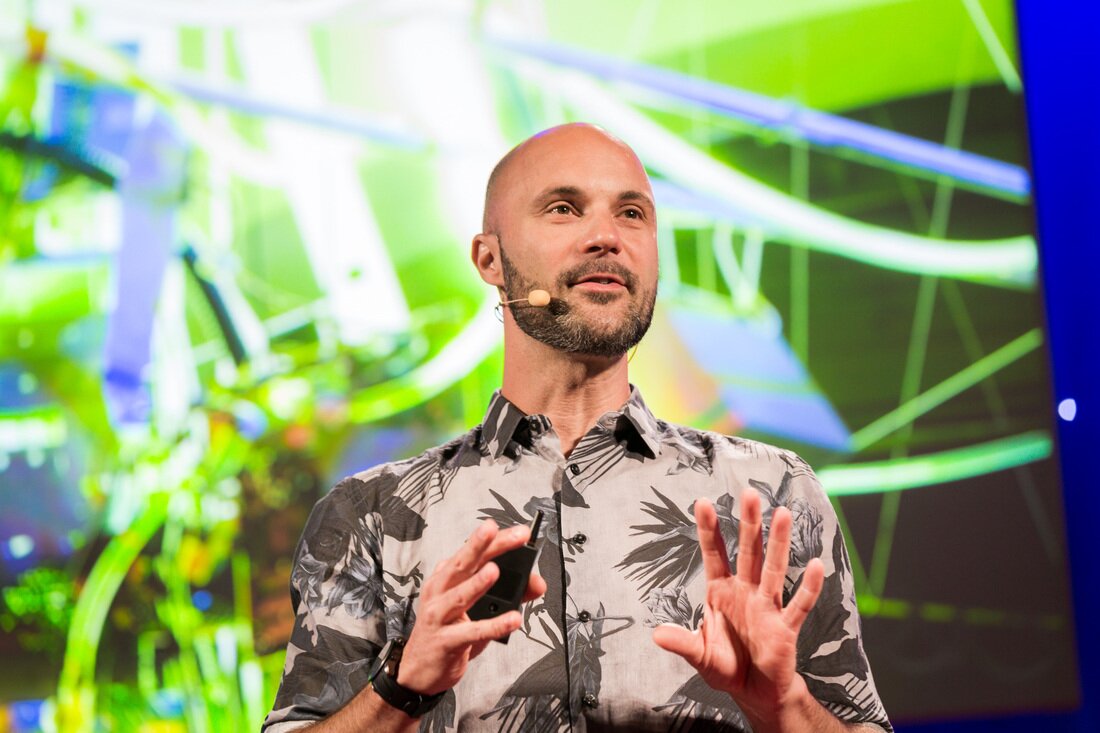|
Angelo Vermeulen (born 1971) is a Belgian visual artist.[1] His multidisciplinary oeuvre crosses over the boundaries of biology, technology and community. Vermeulen won the Witteveen+Bos Art+Technology Award in 2012.[2] He is crew commander of HI-SEAS, a Mars simulation study on improving the nutritional value of space food, funded by NASA.[3] As a TED Senior Fellow he travels the world to share information about his art and scientific projects. - Wikipedia
Learn more about Angelo's life work at the intersection of space research, biology and art in and these three Strategic Initiatives he creatively and cooperatively leads around the globe.
Our story was written and contributed by Angelo Vermeulen. |
Using a ‘facilitating leadership’, I try and create conditions where paradigm-shifting projects can be developed with input from all participants simultaneously.
I bring my life experiences and apply integrated improvement techniques in co-creation, community organizing, and 'facilitating leadership' to the Hawaii Space Exploration Analog (Hi-SEAS) & Simulation, Biomodd and Seeker projects described below:
Strategic Initiative #1: Hawaii Space Exploration Analog & Simulation (or HI-SEAS for short)
I lived isolated in a dome-shaped Mars habitat for 4 months with 5 other international crew members. Needless to say this was a life-changing experience. I learned a lot about space exploration, but I probably learned more about people.
- How to live together in such cramped conditions?
- How to balance interdependence with the need for autonomy?
- How to maintain a good level of crew cohesion?
These were all questions I was confronted with on a daily basis.
It’s not a crowd you can order around.
My previous experience as a community organizer turned out to be an important asset for my role.
STRATEGIC INITIATIVE #2: Biomodd
|
Since 2010 I’ve been part of the TED Fellowship program.
In my first TED Talk from the TED2010 conference I introduced Biomodd, which is in fact one of my longest-running projects.
It is a series of art installations in which upcycled computer networks contain embedded living ecosystems that thrive on the waste heat of the electronics.
Through this type of combination of art, science and engineering I ended up working in the field of space exploration. |
|
STRATEGIC INITIATIVE #3: Seeker
Seeker is a starship design and construction project that experiments with technological, ecological and social systems to rethink the future of human habitation and survival.
It is primarily a community art project in which participants must build self-sustainable systems simulating interstellar exploration and use the methodology of co-creation.
- The Atacama Desert in Chile, South America
|
Left & Above: The Atacama Desert is a plateau in South America, covering a 1,000-kilometre strip of land on the Pacific coast, west of the Andes mountains. It is the driest non-polar desert in the world. - Wikipedia
|
- The City of Lima in Peru, South America
- Prishtina, Kosovo
|
Above & Right: Pristina at 198,000.[5] The city has a majority Albanian population, alongside other smaller communities including Bosniaks, Romani and others. It is the administrative, educational, and cultural center of Kosovo. The city is home to the University of Pristina and is served by the Pristina International Airport. - Wikipedia
|
|
Personal Stories From Angelo
- Learn more about the Biomodd project in the Philippines in the manuscript, When Ideas Migrate: Postcolonial Perspectives on Biomodd [LBA2] by Diego S. Maranan and Angelo C. J. Vermeulen submitted to the August ISEA 2015, the 21st International Symposium on Electronic Art by downloading the paper at the I-Open Store here.
- Learn more in the Angelo Vermeulen Newsletter April 2015. Go to this link to subscribe, share and read past issues.
Contact
|
Ensure education, economic and workforce development services such as knowledge sharing, communications and engagement for a network of community and economic developers. Send your donation to I-Open by clicking on the secure PayPal donate button below.
















 RSS Feed
RSS Feed